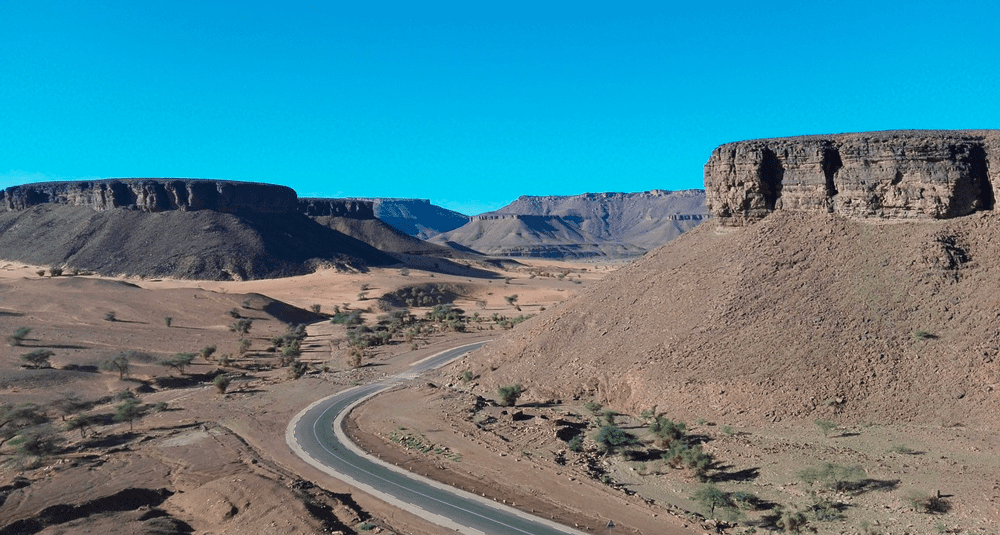What is the capital of Mauritania?
Last Updated:
Nouakchott, whose name means “place of the winds” in Hassanya, is Mauritania’s capital and largest city. Located on the Atlantic coast, it is the political, economic and cultural heart of the country.
Before becoming the capital, Nouakchott was a modest settlement frequented by transhumant Bedouins and caravans en route to southern Mauritania and Senegal. In 1957, in the run-up to independence, the authorities decided to transfer the capital from Saint-Louis (now in Senegal) to Nouakchott, as a symbol of modernity and national unity. The city was officially founded in 1958 and became the capital upon independence on November 28, 1960.
Initially planned to accommodate around 15,000 inhabitants, Nouakchott has experienced rapid demographic growth, notably due to the droughts of the 1970s, which prompted many Mauritanians to emigrate to the city. According to the 2023 census, Nouakchott’s population is estimated at almost 1.5 million, representing a significant proportion of the country’s total population.
Nouakchott is divided into several communes, each with its own local administration. The main communes are Arafat, Dar Naïm, El Mina, Ksar, Riyad, Sebkha, Tevragh Zeina, Teyarett and Toujounine. This organization is designed to facilitate the management of the city and meet the growing needs of its population.
The country’s economic hub, Nouakchott is home to Mauritania’s main deep-water port, the Port de l’Amitié, which plays a crucial role in trade. The city also boasts the Nouakchott-Oumtounsy international airport, which facilitates national and international air links. Local markets, such as the central market, are lively places where a variety of commercial activities take place.
Nouakchott is home to the University of Nouakchott and other institutions of higher education, contributing to the training of Mauritania’s youth. The city is also a cultural center, with artistic events, festivals and craft markets reflecting the diversity and richness of Mauritania’s heritage.
Nouakchott’s rapid growth has brought with it challenges in terms of urbanization, particularly in terms of access to basic services, infrastructure management and flood control caused by the rising waters of the Atlantic. The authorities are constantly working to improve the living conditions of the city’s inhabitants and ensure its sustainable development.
Although Nouakchott is not a major tourist destination, it does offer sites of interest such as Nouakchott beach, the National Museum of Mauritania and the fish market, where visitors can watch the arrival of fishermen and sample fresh produce. The city also serves as a starting point for excursions into the surrounding desert.
Nouakchott, as the capital of Mauritania, is a dynamic city in constant evolution. Since its recent creation, it has adapted to the challenges posed by rapid population growth and plays a central role in the country’s development. Its history, culture and geographical position make it a unique place, reflecting the diversity and richness of Mauritania.
You may also be interested in
geography

What is the capital of Mauritania?
Answer
Nouakchott has been the capital of Mauritania since 1957. Located on the Atlantic coast, it is the country's political, economic and cultural center.